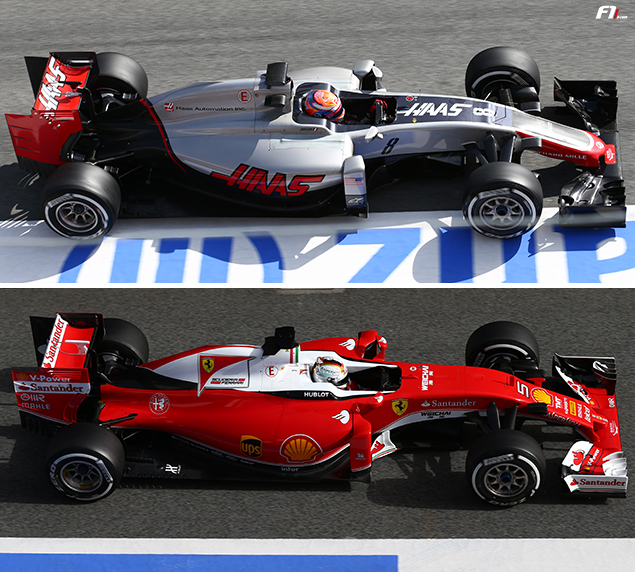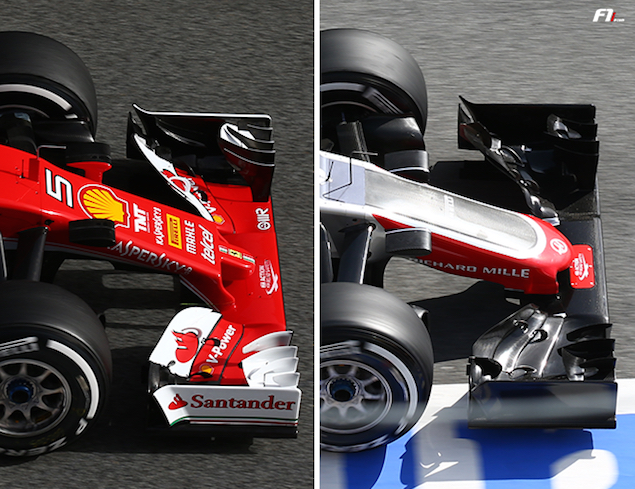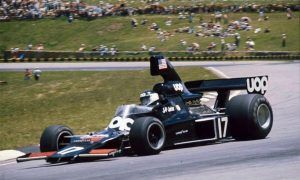F1i technical expert Nicolas Carpentiers looks under the skin of Haas’ maiden F1 challenger. While visually different from the Ferrari, the VF-16 has many common features with the SF16-H. This is hardly a surprise considering the strong technical partnership existing between F1’s oldest and newest teams.
What is expected of any Formula One car? Easy, to lap as fast as possible no matter where its parts come from, and the stopwatch will be Haas’ true judge. But one might focus on its lineage and birth at first. How come? Because the VF-16 is the first grand prix car that shares that many components with another machine on the grid in six years. Back in 2010, the FIA ruled against teams having the same chassis. Red Bull and its junior outfit Toro Rosso had been proceeding as such since the energy drinks giant took over F1 minnows Minardi in late 2005. And let’s not forget Honda with Super Aguri in 2007 and 2008. Since then, technical partnerships had been strictly limited to the engine-transmission package.
In 2015, the sport’s governing body reduced the list of parts any F1 team must produce and manufacture on its own to be granted an entry in the world Constructors’ championship. According to Appendix 6 of the sporting regulations, a team must built the monocoque, the survival cell, the front impact structures, the roll over structures, the wings, the floor, the diffuser, and the ‘bodywork’ – basically any surfaces where the air flows over. In Haas’ case, famous Italian chassis maker Dallara is in charge of manufacturing these elements at its Parma factory in Italy.
With many parts designed in the Ferrari windtunnel and assembled by Dallara, the Haas VF-16 somehow carries a 'Made in Italy' label
All the rest (namely the ‘unlisted parts’), the US outfit buys from Ferrari: the power unit, the gearbox, the rear crash structure, the suspensions, the brake ducts, etc. One shall bear in mind that Manor proceeds likewise in outsourcing the build of the entire rear end (gearbox, suspensions, and Mercedes engine) to Williams.
Haas’ maiden grand prix car somehow carries a ‘Made in Italy’ label – given it has been designed in Maranello’s windtunnel, and assembled with Ferrari parts and Dallara components. The resemblance with the SF16-H is not as striking as one would expect, though there are similarities, even in the “listed parts” (which are mandated to be unique), as we shall we notice over the next few photos.









